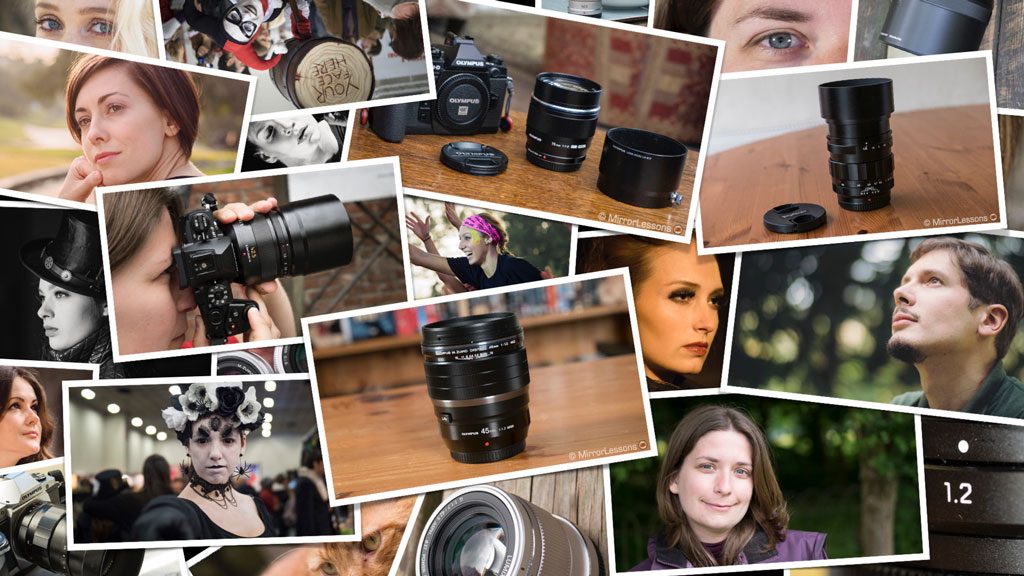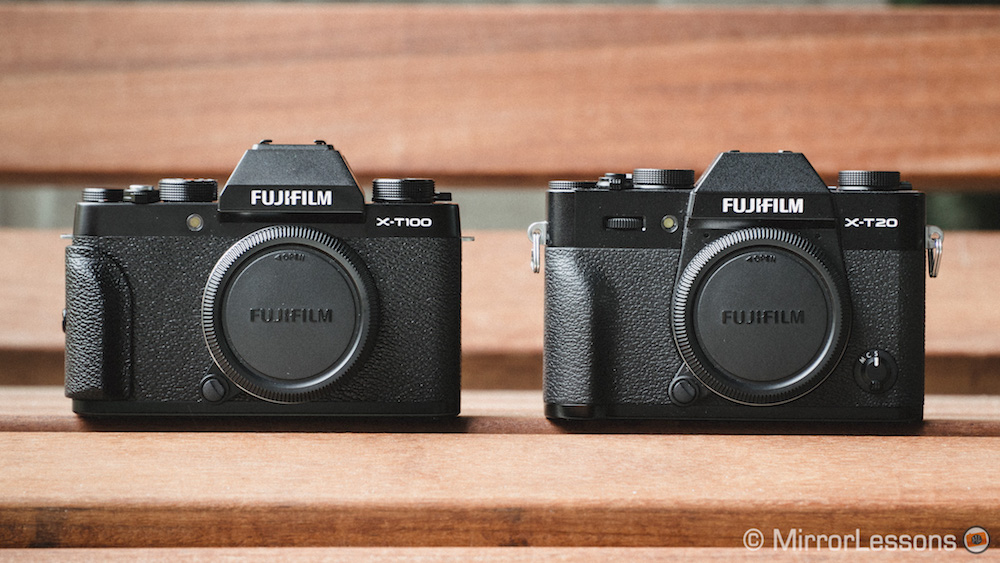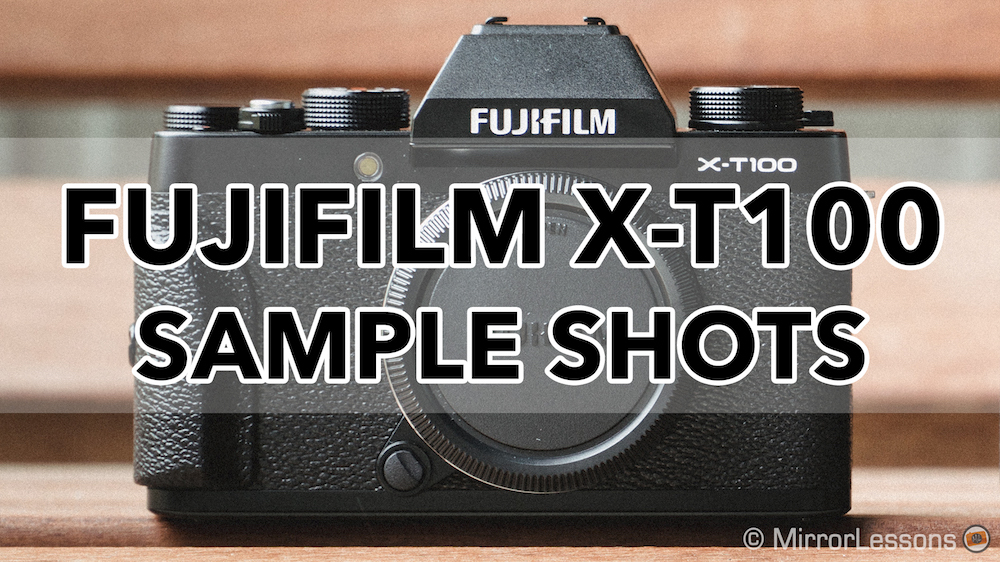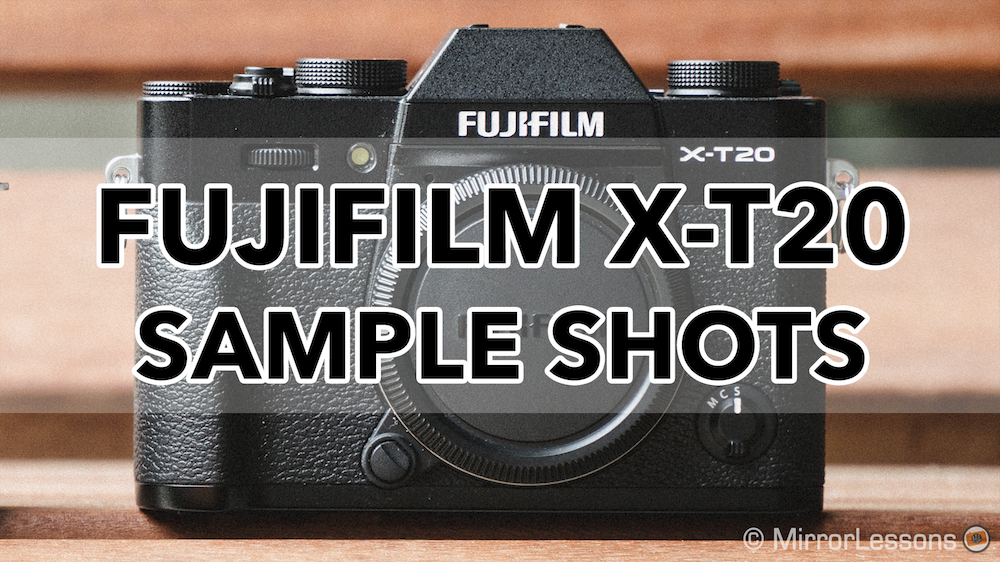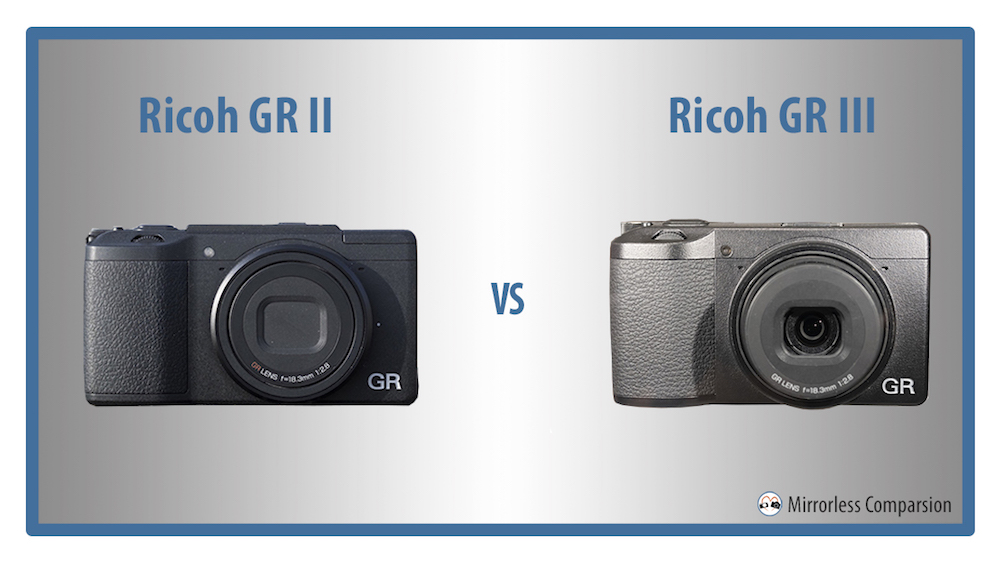When most people buy their first Micro Four Thirds camera – or any digital camera for that matter – they normally begin by using the kit zoom included in the box. Once you become serious about a specific genre however, the kit zoom on its own is no longer enough due to the generally inferior optical quality and slower aperture range.
Author's Bio and Articles
Heather Broster
Heather Broster co-founded Mirrorless Comparison and has produced several reviews and comparisons for the website as well as our YouTube channel. A passionate photographer since her 14th birthday, she loves macro, butterflies, instant cameras and taking pictures of people at events.
Fujifilm X-T100 vs X-T20 – The complete comparison
If you’re a beginner on a budget but find yourself spellbound by the retro-styled mirrorless cameras that inundate the market, Fujifilm might have the solution for you. The X-T100 is the company’s least expensive interchangeable lens camera in the X-T series, and it comes with a feature usually reserved for the more expensive models: a built-in electronic viewfinder.
There is another camera within the X-T range however that bears an uncanny resemblance to the X-T100 and that’s the two-year-old X-T20. Given that the latter can be found for cheaper than its original retail price these days, it is logical to wonder how the two cameras compare. Their outward appearance certainly isn’t enough to go on, so we’ll have to dig deeper below the surface to uncover all the main differences. Let’s begin!
Gallery of Fujifilm X-T100 Sample Shots (RAW & SOOC JPGs)
The X-T100 is an entry-level model in the Fujifilm X-Series. It features a 24.2MP APS-C sensor with a standard Bayer array, a hybrid autofocus system and 4K video recording up 15fps. It was the first entry-level product from Fujifilm to feature a built-in electronic viewfinder and a 3-way articulating screen for vlogging.
Gallery of Fujifilm X-T20 Sample Images (RAW & SOOC JPGs)
The Fujifilm X-T20 is one of the most popular mid-range models in the X-Series. It features a 24MP APS-C sensor with an X-Trans III array, a reliable hybrid autofocus system with C-AF custom settings to fine-tune the performance and 4K video recording at 30fps.
Ricoh GR II vs GR III – The 10 Main Differences
When we tested the Ricoh GR II back in 2016, it immediately rose to the top of our list of favourite compact cameras. The 16MP APS-C sensor combined with its 18.3mm fixed lens produced some of the sharpest images we’ve ever seen from a compact and the wonderful B&W profiles, with their deep blacks, punchy contrast and film-like grain, encouraged us to use the straight-out-of-camera JPGs more than any other model we’d tried up until then.
Now, just over three years on from the release of its predecessor, the Ricoh GR III is set to hit the market with a number of new features that should certainly tempt many current GR users to at least consider upgrading. Curious to find out more about the main differences between the two models? Then keep on reading!

